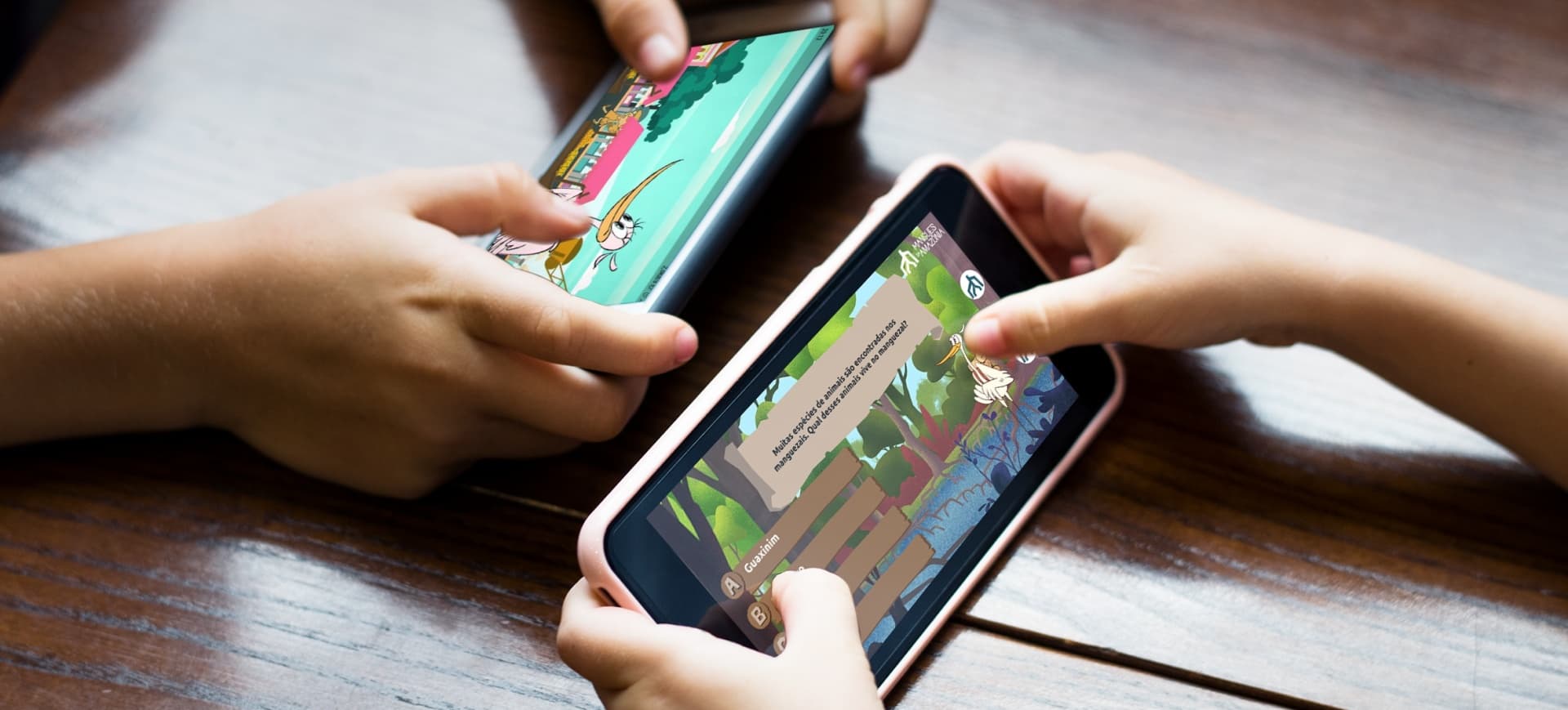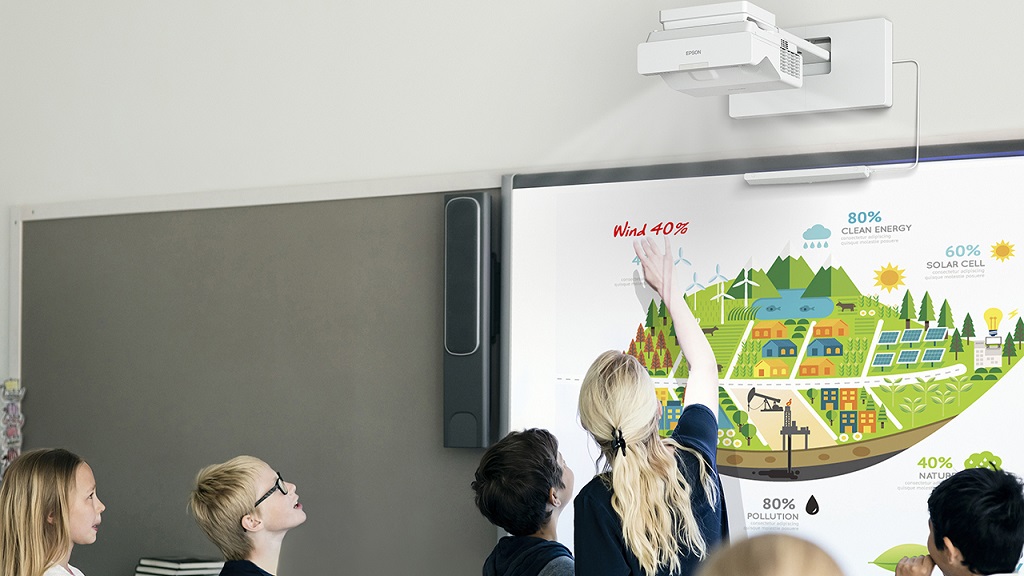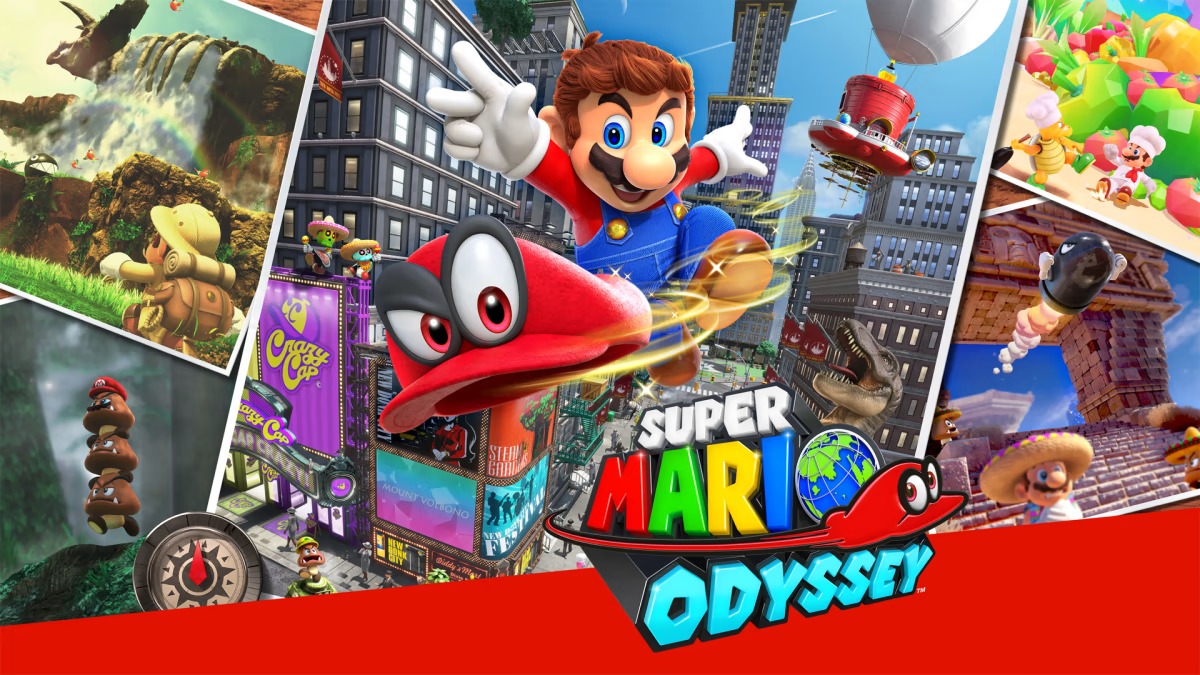
The Mangrove Protectors game brings the Amazon into an immersive reality adventure. The launch of Projeto Mangues da Amazônia can be played on mobile phones and includes virtual reality glasses made with fibers from the region.
Protectors of Mangue is aimed at children and was tested by players from the Amazon region. The theme is the challenge of conservation and sustainable use of Amazonian mangroves and awareness of environmental education. The game brings a new look at socio-environmental issues that require attention, such as the garbage problem.
“The objective is to spread knowledge about the mangrove ecosystem and awaken reflections on the problems it faces”, says Raynéia Machado, the Project’s communication coordinator. The initiative is carried out by the Peabiru Institute and the Sarambuí Association, sponsored by Petrobras and supported by the Manguezal Ecology Laboratory (LAMA), at the Federal University of Pará (UFPA)
Developed in partnership with the startup Inteceleri, focused on education technologies, and the animation studio Muirak, both from Pará, the game presents positive initial results, with the prospect of expanding its use: “It’s a way to get where children are and promote the debate, without having to step in the mud”, illustrates Machado.
Innovation is added to the set of socio-environmental actions of Mangues da Amazônia, including reforestation of degraded areas, social empowerment, strengthening of sustainable management of natural resources and appreciation of local culture, where the largest continuous band of this ecosystem in the world is located, along from the coast of Pará and Maranhão.
At the Science Club, an activity in which boys and girls aged between seven and 12 are encouraged to be future scientists, the game invites them to learn more about the mangrove swamp and encourages actions against the impact of waste.
Students from schools in the Amazon region tested the game
The launch was initially tested in the Araí community, in Augusto Corrêa (PA), and later in the Nanã community, in Tracuateua (PA). Now, is available for free download for mobile phones with Android operating system, through the Google Play Store. There is no need for Wi-Fi to use, so it is more attractive for students and teachers.
What does the uçá crab eat? How does tidal dynamics work? These and other questions make up the journey, guided by questions and answers that lead the player on the trajectory of points in the cleaning of the mangrove, for at the end of each stage to receive the certificate of “protector of the mangrove”.
The content of the plot is divided into three phases: about the white mangrove, the black mangrove and the red mangrove. In the cast of characters, among the iconic species of the ecosystem, there is the heron Gretta, who at the beginning of the narrative receives the mission of the mangrove beings to clean the “house” in the Amazon filled with garbage. A crab welcomes you and explains what to do throughout the game to eliminate waste; and the raccoon plays the role of a painter in a crisis of creativity due to the dirt of the mangrove swamp. The exotic tralhoto, a common fish in these areas, plays the role of “sage” that helps the participant in the objective of saving the mangrove.
At the end of each question and answer stage in this journey, the player is invited to watch videos with explanations from experts in the mangrove. It is optional to use virtual reality glasses, attached to the cell phone screen, for an immersive 360º experience. “In the game project, we seek integration into the innovation ecosystem of Pará, from the perspective of Amazonian demands in education”, reveals Machado.
The glasses were developed with a material from biodiversity: miriti wood, a palm tree typical of the Amazon region, used without impacting the forest. “We use the core – light and malleable – of the branches that sprout as the tree grows”, explains Walter Júnior, a researcher at UFPA and CEO of Inteceleri, creator of the miritiboard. “Amazon styrofoam”, as the material is known, is normally used to make traditional toys during the Círio de Nazaré festivities, in Belém; or else it becomes waste in nature, after the branches dry up. “The glasses represent a tree that is growing and not dying”, emphasizes the professor of Computer Engineering. The raw material is obtained from communities in Abaetetuba (PA), where the equipment is also assembled, generating income for the families.
Focusing on technologies for public education outside of basic subjects, the startup is a partner of Google for Education and participates in projects in 23 municipalities in five Brazilian states, having produced about 25,000 virtual reality glasses so far. “The work of raising awareness among children in the Amazonian mangroves – a reality that used to be distant – represents a great motivation”, points out the researcher, also responsible for the gamification technology of Protectors of Mangue. “It is an opportunity to advance in the area of environmental education and to develop innovations in virtual reality associated with a game”, he concludes.
Check out in the gallery the fun of a class with the game with the coordinator of a Science Club, Ádria Freitas and children participating in the Project, in addition to the game screen.



